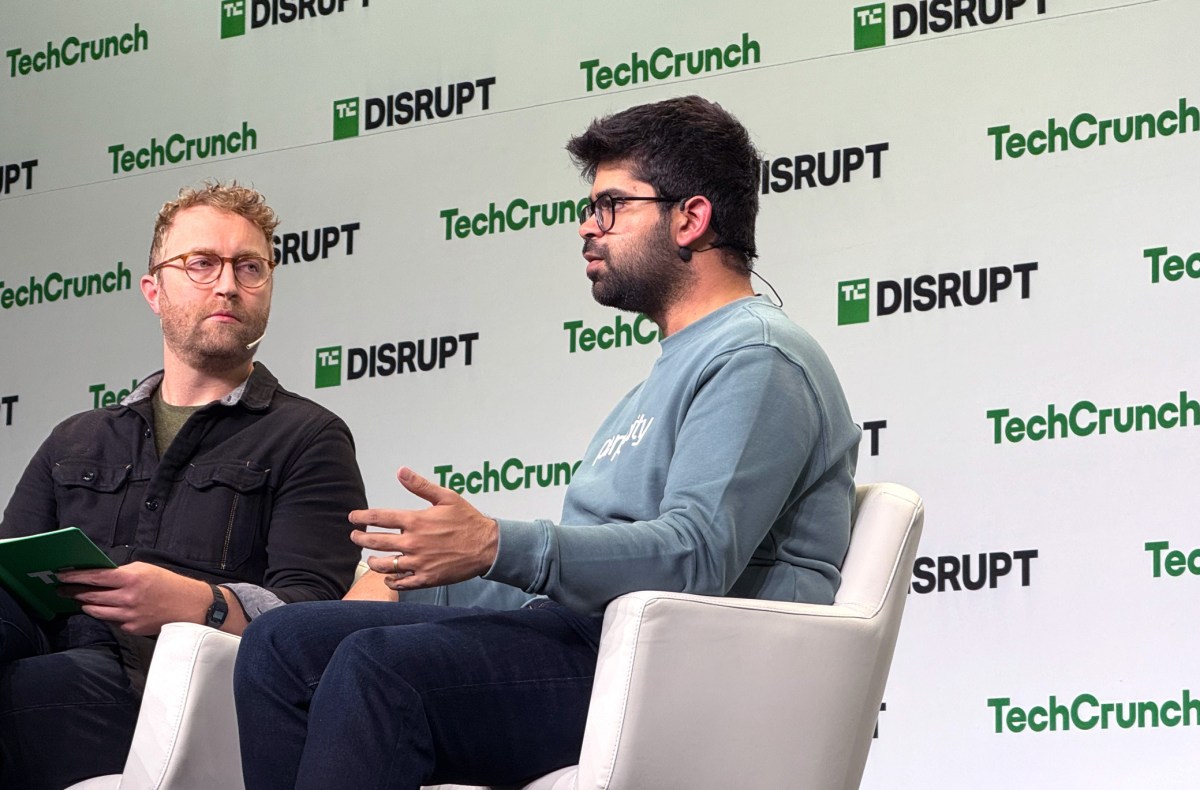Perplexity’s CEO, Aravind Srinivas, wouldn’t say how Perplexity defines “plagiarism” in an on stage interview with Devin Coldewey at TechCrunch’s Disrupt 2024 conference. It’s a touchy subject. News Corp’s Dow Jones and the New York Post have sued Perplexity over what they describe as a “content kleptocracy.” Many other news sites have expressed concerns that Perplexity closely replicates their […]
© 2024 TechCrunch. All rights reserved. For personal use only.
Perplexity’s CEO, Aravind Srinivas, wouldn’t say how Perplexity defines “plagiarism” in an on stage interview with Devin Coldewey at TechCrunch’s Disrupt 2024 conference.
It’s a touchy subject. News Corp’s Dow Jones and the New York Post have sued Perplexity over what they describe as a “content kleptocracy.” Many other news sites have expressed concerns that Perplexity closely replicates their content — just this month, The New York Times sent the startup a cease and desist.
Srinivas was adamant that Perplexity “always cites its sources” and doesn’t claim ownership of any content.
“It’s surfacing content from the web, summarizing it in a manner that the user can digest,” he said, “and then provides all this information — exactly how journalists do their job, or academics do their job, or students.”
In a recent blog post responding to the Dow Jones lawsuit, Perplexity argued that publishers wished its technology “didn’t exist” and would prefer “publicly reported facts are owned by corporations.” But the post failed to address whether Perplexity allegedly regurgitates content at a massive scale, as some publishers claim — and then competes with those publishers for the same audience.
A report this week from AI plagiarism detector Copyleaks found that one Perplexity summary paraphrased 48% of a Forbes article, while another included 28% paraphrasing and 7% plagiarism (as Copyleaks defines it).
Srinivas pointed out that Perplexity cites its sources — albeit sometimes with mistakes.
“At the end of every sentence, there’s a footnote or the corresponding page for where it’s truly information from,” he said. “Of course, it’s not, like, extremely precise … but we’re trying our best to do those kind of things.”
Srinivas mentioned several times during the interview that Perplexity is working with media companies including Time, Fortune, and Der Spiegel in a revenue-share program. Dow Jones, he said, was a potential partner, too, but chose instead to escalate the situation — and mislead the public in its public comments about the suit.
“Well, [Dow Jones] claimed that we didn’t respond,” Srinivas said. “And that’s not true. And we actually responded the same day. So, I hope people appreciate that our attempt is to collaborate and engage and work together.”
Srinivas also pushed back against the notion that people use Perplexity to summarize paywalled articles, which the Dow Jones lawsuit alludes to. Instead, he said, most of Perplexity’s users turn to the platform for financial research, despite Perplexity’s hallucinations from time to time.
“Nobody comes to Perplexity for consuming their daily news,” he said. “People come here to make sense of what’s going on. Like, how does that particular piece of news affect me? In the context of news, should I continue to buy more Nvidia stock? These are not the kind of questions you can come and ask TechCrunch, but you come and ask Perplexity.”
Perplexity is said to be in talks to raise around $500 million at an $8 billion valuation. Srinivas recently said that the platform hit 100 million search queries per week, and Perplexity is releasing products at a rapid clip, from online shopping tools to sports score trackers to new advertising capabilities.
So what’s the endgame? Perhaps, mused Srinivas, a world in which “scientists claim ownership over a certain fact” and “other people” — publishers, presumably — can’t control where they appear or how they’re contextualized.
“Our belief is that facts need to be universally distributed to everybody,” Srinivas said.

Leave a Reply